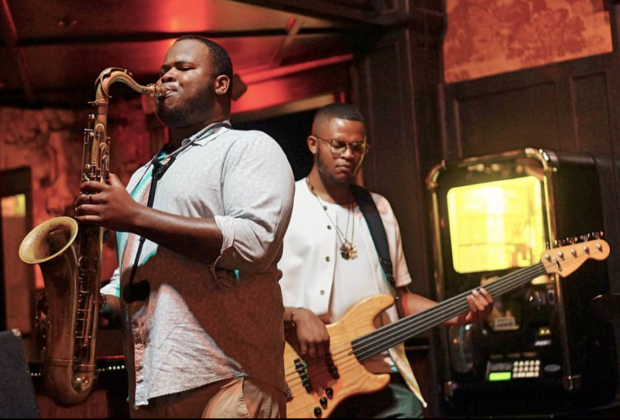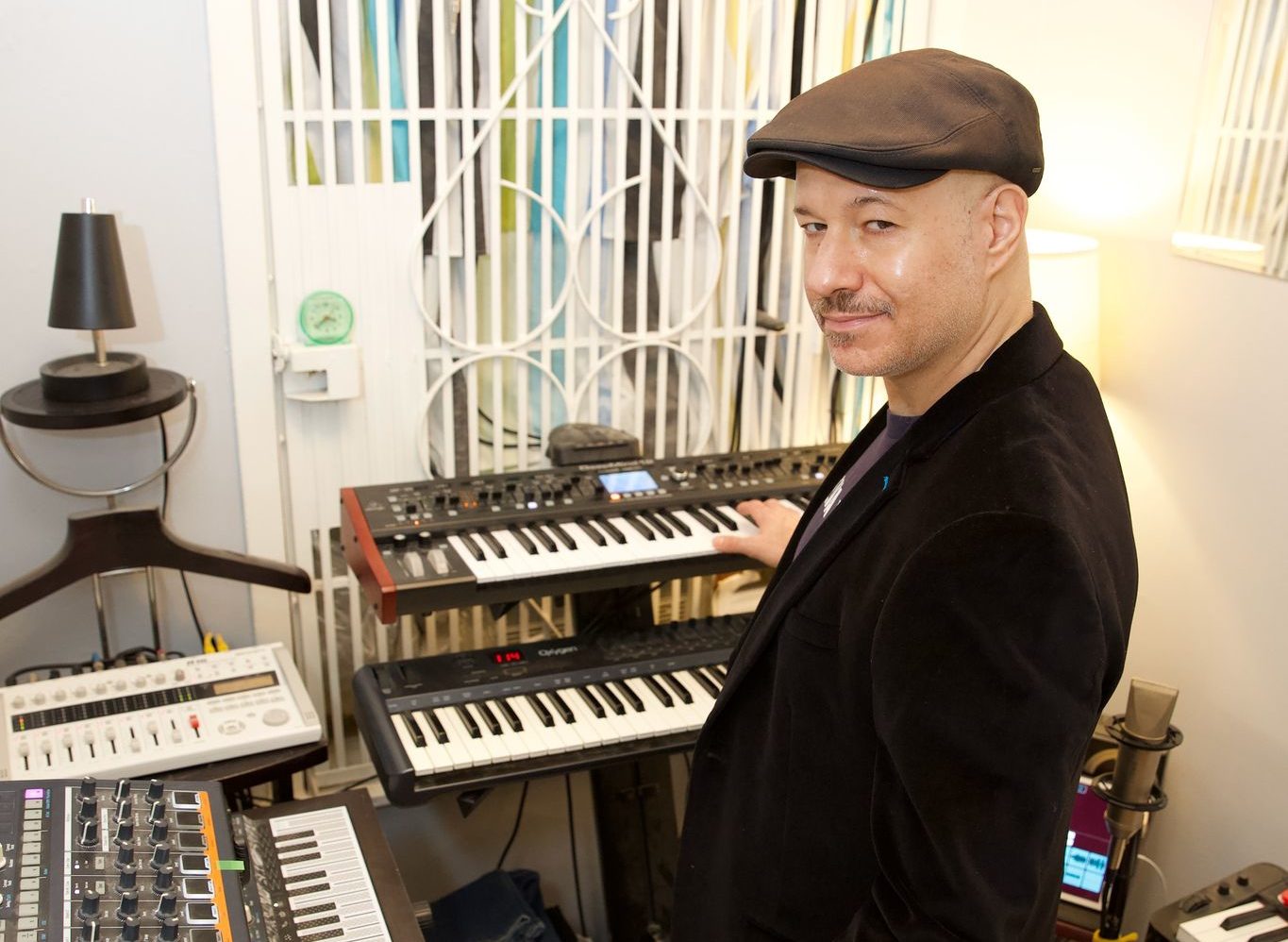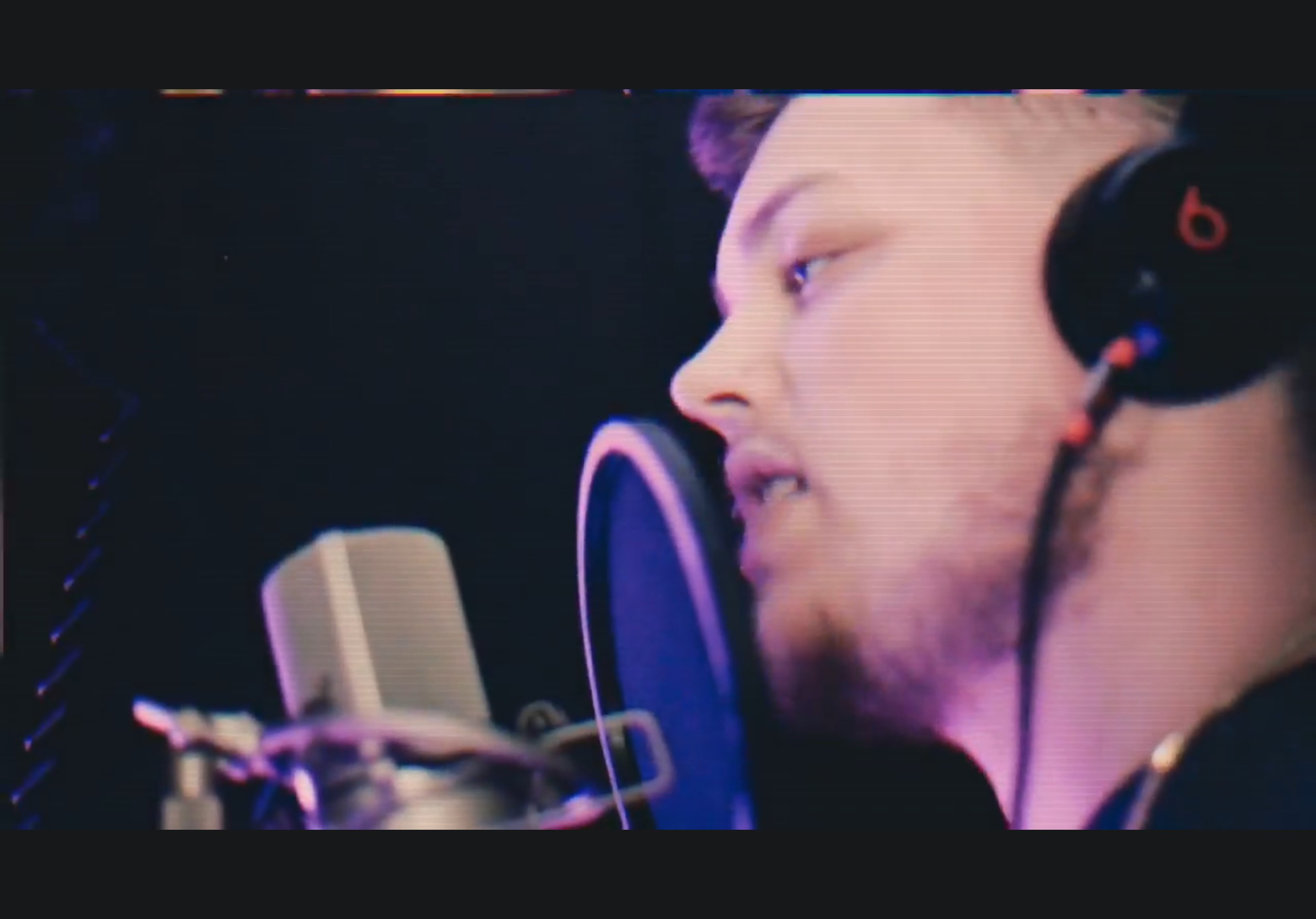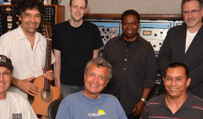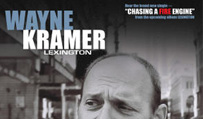Livestream Los Angeles, CA
Contact: Jeff Myles, Taurean Entertainment, [email protected]
Web: blacknilelive.com
Players: Aaron Shaw, EWI and woodwinds; Lawrence Shaw, fretted and fretless bass and pedals; Jamael Dean, keyboards; Makala Session, drums
Material: Black Nile is the brainchild of brothers Aaron and Lawrence Shaw. Their music is billed as part of the L.A. “New Jazz Renaissance.” And, indeed, there is something groundbreaking in the way they blend traditional improvisational forms with sampling and assorted electronics. Essentially derived from their six original recorded releases, they create a compelling collage of sounds that employs elements of modern bop, spoken-word, funk, world beat, new age and hip-hop. Many of their tunes are structurally vast and modally based, with a heavy reliance on physical empathy and sensory cues.
Musicianship: While each musician is an artist in his own right, the key to the group’s success simply comes down to their ability to freely communicate. To quote a cliché, “they are all on the same page.” Hence, their collective big ears and formidable skills allow the tunes to blossom, with an unfettered and dynamic flow. At any given moment musical titans past and present, such as Joe Henderson, Gary Bartz, John Coltrane, Herbie Hancock, George Duke, A Tribe Called Quest, Thundercat, Kamasi Washington and Weather Report, seem to emerge from the Black Nile play book.
Performance: As part of the KJAZZ 88.1 FM “Stay-At-Home Concert” series, and presented in session at The Honeycomb Studio by Rum & Humble, the quartet began with an extended ambient-type piece. Supported by Lawrence’s funky bass lines and Session’s stealth syncopations, Aaron switched between synthesizer-like passages on his EWI (Electronic Wind Instrument) and tenor sax. Dean’s deft piano work in the background tended to shift and change the mood and dynamics of the band’s interaction at a moment’s notice. The 60-minute concert remained uninterrupted, with a very easy-going and organic pace. Quite often the only indication that one tune was resolving and another beginning, was a key modulation or tempo change. Of note, Aaron’s pastoral flute work and some burning bebop toward the latter part of the set were exceptional and really displayed the phenomenal range of this ensemble.
Summary: Black Nile approach their music as if it were on a blank canvas. As individual abstract painters, each musician casts his splashes of color and texture upon it. It is a sound that is contemporary, yet based on a rich tradition not defined by, or limited to, a single or solitary genre.

